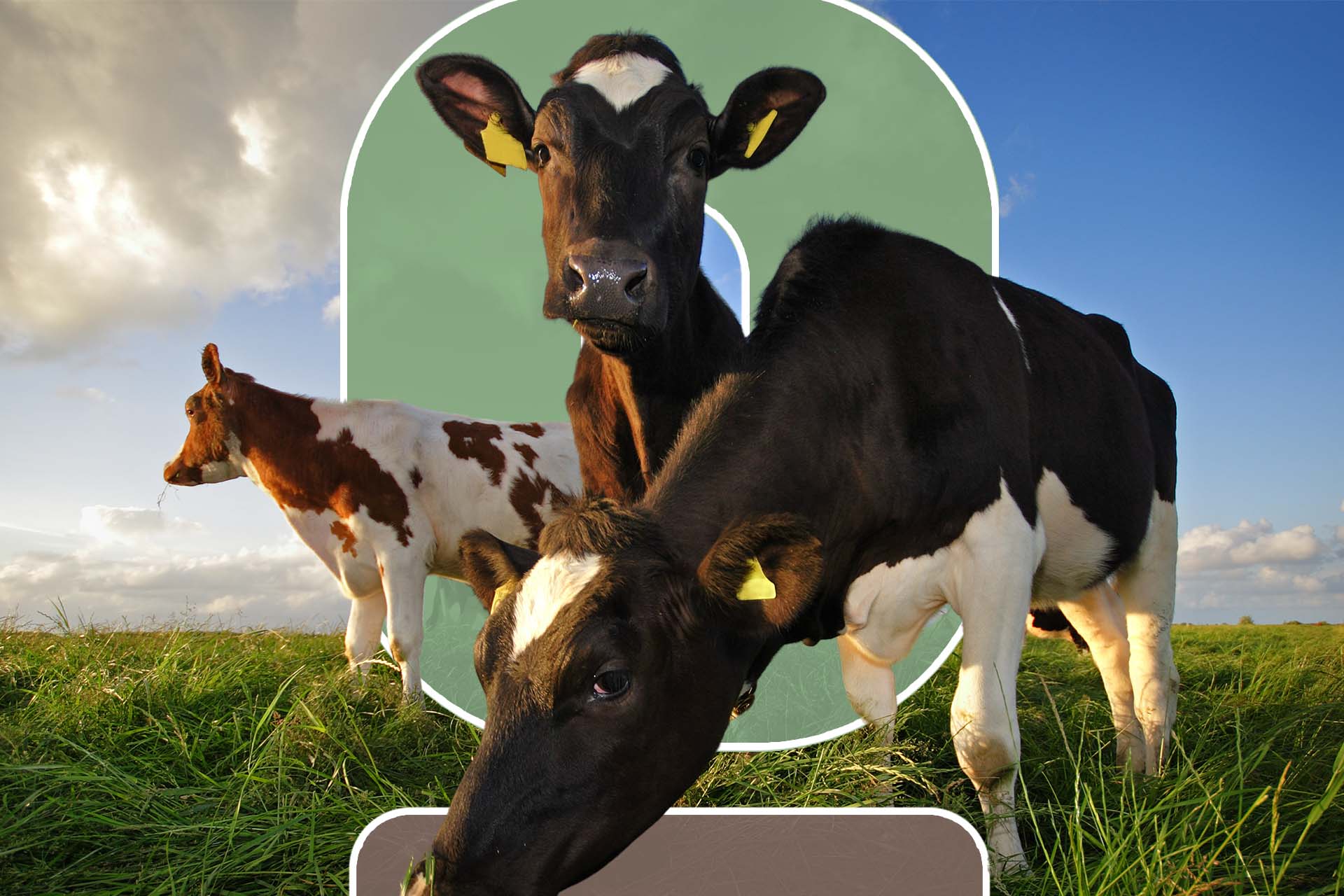
7 Methods of Grazing
We are reader-supported. When you buy through links on our site, we may earn affiliate commission.
Owning and operating a ranch leaves you with responsibility for your livestock at all times. Fortunately, the grazing enterprise is flexible. This leaves you with various grazing options to make your farm the most efficient and effective. Whether you are a part-time farmer with a few cows or a full-time rancher, grazing is often the most preferred method of feeding your animals.
As the sustainability movement continues to flourish, the need for managed grazing is all the more critical. Grazing systems manage the interaction between livestock, plants and soil, and there’s a need to find a balance to get the best results. A successful and environmentally conscious grazier will use various grazing methods to keep their pastures and plants growing and to meet the different dietary needs of their animals.
There is no one way to manage grazing to be successful, but when done correctly for the location and herd, it can assist farmers in achieving their objectives, like boosting production and reducing costs. Here are seven methods of grazing to consider.
1. Rotational Grazing
Rotational grazing is a common approach to sustainable grazing. It involves the division of a large pasture into two or more smaller paddocks, and the grazing between them is in a planned sequence. As the herd grazes in some paddocks, the other paddocks have a chance to rest and regenerate. Often, rotational grazing reduces to shifting animals from one paddock to another based on time schedules rather than in response to forage regrowth rates.
2. Strip Grazing
Another grazing method is called strip grazing. Strip grazing often involves a movable electric fence that helps guide and push cattle along a strip of land. This can make the forage last longer because you can make them graze what you want them to feed for a short period. Usually, no back fencing is in place for this type of grazing, so farmers will start in an area nearest to the water source to reduce waste.
3. Continuous Grazing
In continuous grazing, animals have access to a particular land area without restrictions or interruptions throughout an entire year or just part of the grazing season. It mimics natural grazing, which is part of regenerative agriculture. All of the gates in the farm are open for all herds to eat forage as they please. This can encourage livestock only to eat the best forage possible, which is why this grazing method is often used for racehorses and dairy cows.
4. Creep Grazing
Creep grazing works best if you have both smaller and larger livestock, like a herd of sheep or goats and cattle. It also works well for a mixture of younger and older livestock. The smaller and younger animals have access to a higher quality pasture utilizing a small creep gate. This especially helps younger animals supplement their mother’s milk, reducing energy requirements for the mother cows.
5. Forward Grazing
Forward grazing involves two groups of livestock in one paddock, one group directly following the other. The first group usually consists of animals with higher nutritional requirements, like growing calves and animals with dietary needs. This allows the first group to forage more selectively. The second group follows the first and has lower nutritional requirements. They feed on any leftovers from the first group.
6. Mob Grazing
Mob grazing is a method of ultra-high-density grazing that involves a large concentration of animals grazing a specific, small area for a short time. The ratio is anywhere from 100,000 to 500,000 pounds per acre. Animals are moved between regions multiple times per day with more extended rest periods. With this method, the farmer allows the animals to graze the paddocks up to about three times per year, and the animals are forced to eat everything.
7. Mixed Grazing
Mixed grazing, also known as multi-species grazing, allows livestock of different species to graze together on the same pasture either as one herd or using the forward grazing method. Different types of livestock enjoy different types of forage. This is a great way to control weeds and other undesirable plants that cattle or horses may not eat. It also increases the utilization of the land so you can make the most out of it.
Grazing Sustainably
Overall, the goal of grazing is to make it as sustainable as possible. You have to know your land and livestock forage requirements well and find a balance between the animals, soil and plants. Rotating pastures, allowing grazing areas to renew, building native grass populations and supplementing with feed are all excellent sustainable grazing practices. Find what works best for you, your livestock and your land to make it the most sustainable, efficient and productive.
Share on
Like what you read? Join other Environment.co readers!
Get the latest updates on our planet by subscribing to the Environment.co newsletter!
About the author

Steve Russell
Steve is the Managing Editor of Environment.co and regularly contributes articles related to wildlife, biodiversity, and recycling. His passions include wildlife photography and bird watching.





